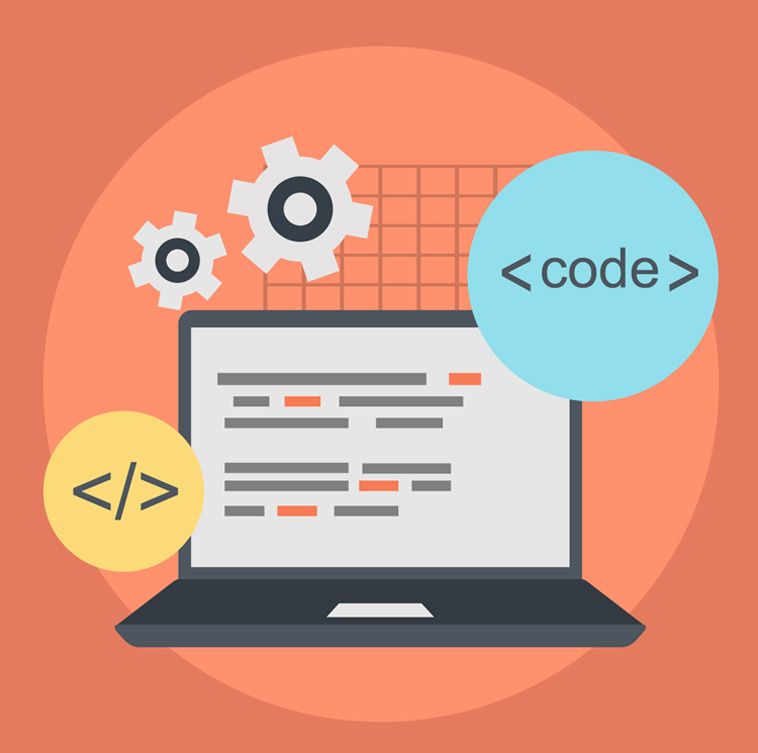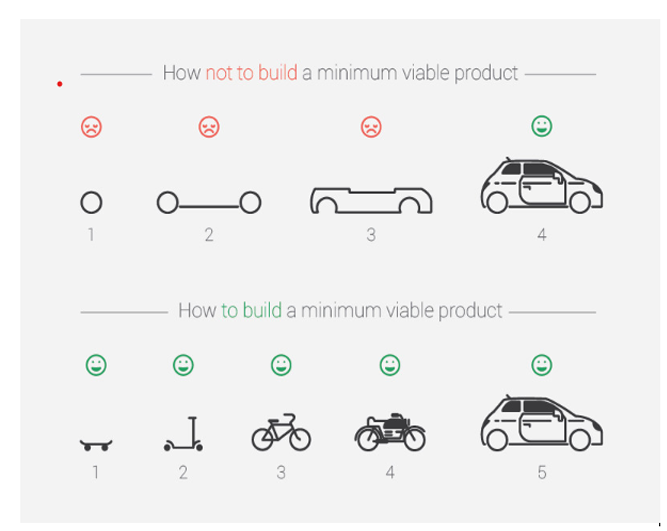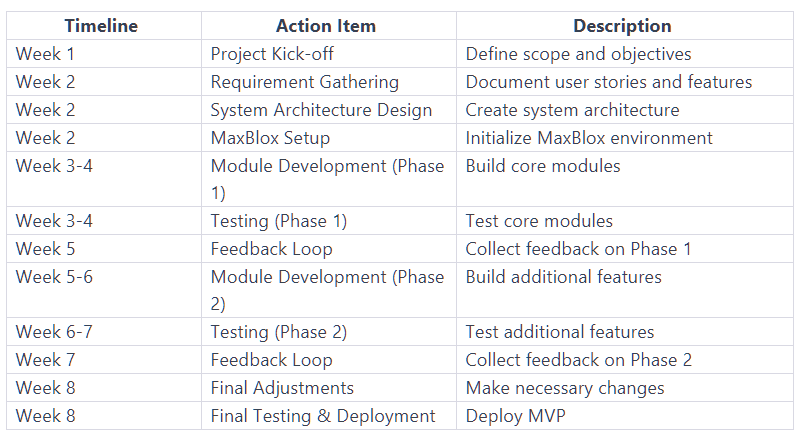Crafting a Low-Code MVP in 60 days: A Guide for SaaS Startups
Unveiling Entrepreneurial Potential in the Digital Age
Gone are the days when launching a business was an elusive dream, demanding hefty financial backing and specialized technical skills. The advent of no-code platforms has democratized entrepreneurship, making it accessible to anyone with a computer, internet connectivity, and a dash of ambition.
The Quintessence of an MVP
The Minimum Viable Product (MVP) serves as the embryonic version of your envisioned product, stripped down to its most essential features. Conceived by Frank Robinson and later popularized by Eric Ries, the MVP aims to garner early adopter feedback, thereby validating the product's market fit.
The Paradigm Shift: Old vs. New Business Models
Traditional business models often involve substantial upfront investment and a prolonged development phase, culminating in a polished but untested product. In contrast, modern startups adopt agile methodologies, focusing on MVPs that allow for rapid iteration based on user feedback.
A Five-Step Framework for MVP Success
Market Reconnaissance: Conduct comprehensive market and customer research to validate your SaaS idea.
- Online Surveys: Use tools like SurveyMonkey to gather insights.
- Competitor Analysis: Utilize platforms like SEMrush to study competitors.
- Focus Groups: Assemble a small group of potential users for in-depth discussions.
- Social Media Polls: Leverage platforms like Twitter or LinkedIn for quick feedback.
- Industry Reports: Consult authoritative reports for market trends.
Business Model Conception: While not the primary focus, having a monetization strategy in place is crucial.
- Freemium Model: Offer basic features for free with premium functionalities locked.
- Subscription Model: Charge users on a monthly or yearly basis.
- One-Time Payment: A single upfront cost for lifetime access.
- Affiliate Marketing: Partner with other businesses for mutual benefit.
- Donation-Based: Allow satisfied users to contribute voluntarily.
- Feature Triage: Prioritize features that address the core problem your product aims to solve.
User Interviews: Directly ask users what features they consider most important.
- A/B Testing: Test different feature sets with varied user groups.
- Feature Voting: Allow users to vote on potential features.
- Pareto Analysis: Use the 80/20 rule to focus on features that will deliver the most impact.
- MoSCoW Method: Categorize features as Must-haves, Should-haves, Could-haves, and Won't-haves.
- Product Genesis: Embrace the wisdom of Reid Hoffman: "If you're not embarrassed by your first product, you've launched too late."
Lean Development: Build the simplest version of your idea that people can use.
- Iterative Design: Continuously update the product based on user feedback.
- Time-Boxing: Set strict deadlines for each development phase.
- Prototyping: Use wireframes and mockups for initial testing.
- User Testing: Involve real users in the testing phase to gather actionable insights.
- Feedback Loop: Utilize various channels to collect user feedback and iterate accordingly.
User Forums: Create a community where users can discuss features and report bugs.
- Feedback Forms: Embed these within the app for easy access.
- Social Listening: Monitor social media for unfiltered opinions.
- Analytics Tools: Use platforms like Google Analytics to track user behavior.
- Customer Interviews: Conduct follow-up interviews for in-depth feedback.
Building Your MVP: The Pathways
1. **In-House Development**: Customizable but costly and time-consuming.
2. **Outsourcing**: A quicker but expensive alternative with potential quality compromises.
3. **Low-Code Development**: An affordable, non-technical, and enjoyable approach, with some limitations in customization.
MaxBlox: Your Low-Code MVP Ally
MaxBlox leverages low code to facilitate the creation of customizable web and mobile applications. It employs building blocks and databases, allowing you to design, manage, and deploy your MVP effortlessly.
How can MaxBlox help develop a MVP in 60 days?
Concluding Thoughts
Embarking on an MVP journey is an effective strategy to validate your business idea. The no-code community offers a plethora of resources and platforms like MaxBlox to expedite this process. So, are you ready to transform your idea into a tangible product?
MaxBlox
Open-source, No-code platform to build software products 10x faster.
Copyright © 2023 MaxBlox, Inc. All rights reserved.
HQ - 80 Cabrillo Hwy Suite Q216, Half Moon Bay, CA 94019 USA


